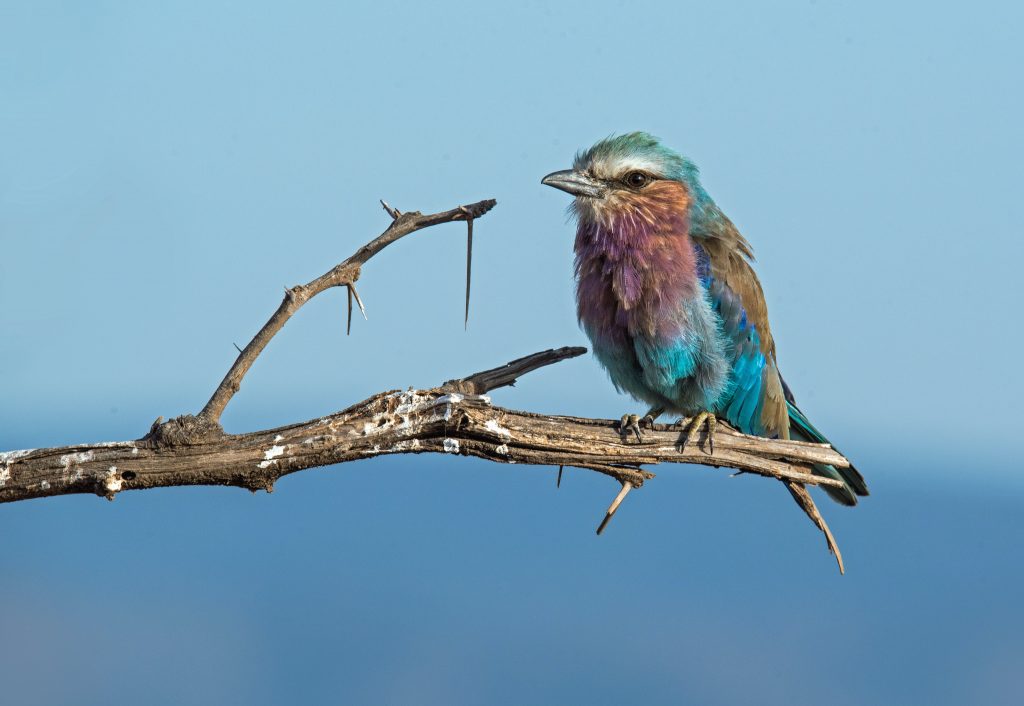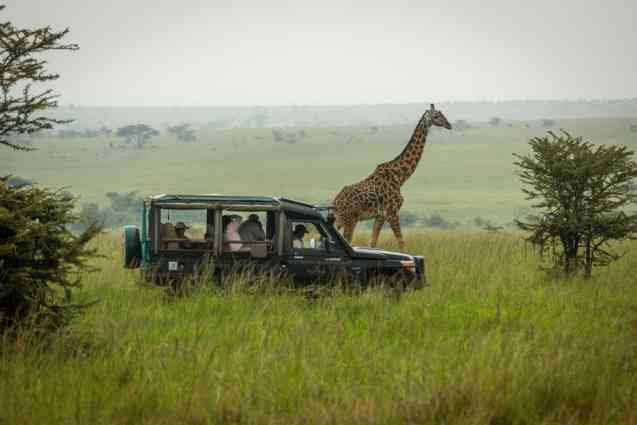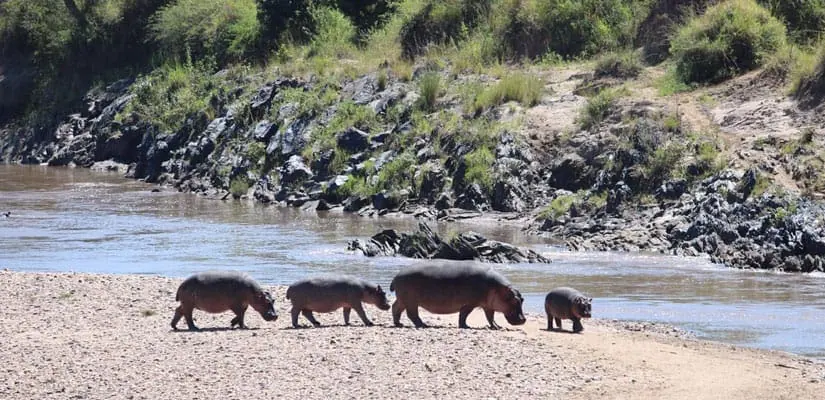- GET IN TOUCH WITH US:
- +256 753518160
- +256 777842166
- info@experiyatourcompany.com

Can I go rafting on the Tana River?
November 19, 2025
What’s special about Lake Nakuru’s flamingos?
November 19, 2025What Are Kenya’s Best Birding Spots?
Kenya has long been celebrated as one of the world’s greatest wildlife destinations, but for birders, it is nothing short of paradise. With more than 1,100 recorded bird species, diverse landscapes ranging from alpine moorlands to coastal mangroves, and a series of protected ecosystems that support both endemic and migratory species, Kenya offers year-round birdwatching opportunities that few countries can match. The question many travelers ask is simple: What are Kenya’s best birding spots? This long-form guide goes beyond a simple list, offering a detailed exploration of the country’s most rewarding birding destinations, the habitats that define them, and what birders can expect to experience in each. If you’re planning a birdwatching journey across East Africa, Kenya’s varied avifauna guarantees some of your most memorable sightings.
Understanding Kenya’s Unique Birding Landscape
What makes Kenya such an exceptional birding destination is the richness of its habitats. Within a single region, you can move from lush montane forests to savannah grasslands, from alkaline lakes teeming with flamingos to coastal wetlands rich with migratory shorebirds. The geological forces that shaped the Great Rift Valley created chains of lakes that today host millions of birds, while the highland forests shelter rare species found nowhere else. Kenya’s birdlife thrives on this diversity, offering both beginner and expert birders an ever-changing tapestry of colors, calls, and behaviors.
Birding in Kenya is not just about the species count. It is about the immersive experience of walking through ancient forests at dawn, cruising across lakes at sunrise as flocks of pelicans glide overhead, or scanning savannah grasslands for elusive species perched quietly on acacia branches. With each habitat comes a new set of possibilities, and Kenya’s conservation efforts continue to protect these birding treasures for generations of travelers.
The Best Birding Spots in Kenya
The Maasai Mara National Reserve
Though often celebrated for lions, cheetahs, and the Great Migration, the Maasai Mara is equally spectacular for birdwatching. The open savannahs, riverine forests, and marshy wetlands make the Mara a haven for more than 450 bird species. Birders can expect to spot the Secretary Bird, Kori Bustard, Southern Ground Hornbill, and a variety of eagles, including the Martial Eagle and Bateleur. The Mara’s rivers create perfect conditions for kingfishers, bee-eaters, herons, and storks. During the migration season, scavengers like vultures gather in large numbers, offering dramatic sightings that highlight the ecological balance of the reserve.
Lake Nakuru National Park
Lake Nakuru is one of Kenya’s legendary birding destinations. Famous for its flamingo populations, the lake’s shallow alkaline waters attract both Greater and Lesser Flamingos, creating stunning pink ribbons along the shoreline during peak seasons. Beyond flamingos, more than 450 species have been recorded here. Pelicans, African Fish Eagles, Goliath Herons, and African Jacanas thrive in the lake’s varied habitats. Nakuru’s surrounding woodlands and escarpments add even more diversity, giving birders opportunities to spot forest-dependent species and raptors soaring above the cliffs.
Samburu National Reserve
Located in Kenya’s arid northern region, Samburu offers a completely different birding experience. Its dry landscapes, rugged hills, and acacia woodlands create ideal conditions for species that are rarely seen in other parts of the country. The Somali Bee-eater, Vulturine Guineafowl, Golden-breasted Starling, and the rare William’s Lark are among the region’s highlights. The Ewaso Nyiro River supports waterbirds, while the semi-desert habitats draw unique raptors and passerines. Samburu’s northern specialties make it an essential stop for birders seeking to expand their life list with unique and colorful species.
Arabuko Sokoke Forest
On the Kenyan coast, Arabuko Sokoke Forest stands as one of the most important birding sites in Africa. It is home to several endemic and threatened species, including the Sokoke Scops Owl, Clarke’s Weaver, and Amani Sunbird. The forest’s quiet nature trails are ideal for patient birders who enjoy searching for secretive forest species. With its mixture of coastal forests, Brachystegia woodlands, and mixed evergreen zones, Arabuko Sokoke rewards birders with sightings found nowhere else in East Africa. The forest is especially magical at dawn when the calls of rare birds echo through the trees.
Mount Kenya National Park
Mount Kenya’s high-altitude forests, bamboo zones, and alpine moorlands create an atmospheric birding environment that contrasts dramatically with Kenya’s lower elevations. Species such as the Jackson’s Francolin, Scarlet-tufted Malachite Sunbird, Moorland Chat, and Tacazze Sunbird thrive here. Birdwatching on the mountain offers a serene blend of cool air, dense forest canopies, and sweeping views of the peaks. The montane forests also harbor elusive species like the Abbott’s Starling and the African Green Ibis, making it a rewarding destination for experienced birders.
Kakamega Forest
Kakamega Forest is Kenya’s only true tropical rainforest and one of its richest birding areas. This ancient forest, an extension of the Congo Basin ecosystem, supports more than 350 species, many of which cannot be found elsewhere in Kenya. Iconic forest species such as the Great Blue Turaco, Black-and-White Casqued Hornbill, Blue-headed Bee-eater, and Grey Parrot thrive here. The forest’s canopy walkways and foot trails offer immersive birding experiences, and its dense vegetation is filled with natural soundscapes of chirps, whistles, and melodic calls that give birders hours of rewarding exploration.
Lake Naivasha
Lake Naivasha, a freshwater lake in the Rift Valley, is a sanctuary for both waterbirds and woodland species. African Fish Eagles often soar above the lake, while pelicans, cormorants, kingfishers, and herons congregate near the shore. The surrounding papyrus swamps and acacia forests create habitats for Hoopoes, Monarch Flycatchers, and White-bellied Go-away Birds. Boat trips on Lake Naivasha are particularly rewarding, offering close sightings of birds perched on fallen branches or flying low over the water.
Tsavo East and Tsavo West National Parks
Tsavo’s vast landscapes create habitats for a rich diversity of birds spread across open plains, rocky outcrops, riverine forests, and volcanic hills. With more than 500 recorded species, the Tsavo parks are among Kenya’s top birding regions. Species such as the Eastern Black-headed Oriole, Somali Ostrich, Red-and-Yellow Barbet, and Hartlaub’s Bustard are commonly observed. The parks are also excellent for raptor sightings due to their wide-open spaces and rocky escarpments. Migratory birds arrive in large numbers between October and April, enhancing the diversity of sightings.
Lake Baringo
Lake Baringo is another freshwater jewel of the Rift Valley and one of Kenya’s richest birding lakes. With more than 450 species recorded, the lake attracts birders seeking both waterbirds and dryland species. Verreaux’s Eagle, Hemprich’s Hornbill, Bristle-crowned Starling, and the Northern White-faced Scops Owl are often seen around Baringo. Boat trips along the lake’s edge provide exceptional viewing opportunities, especially during early mornings when the birds are most active.
What Makes Birding in Kenya So Special?
What sets Kenya apart is the ease with which birders can move between diverse ecosystems within short distances. You can spend a morning scanning flamingos on a Rift Valley lake and end your afternoon searching for forest endemics in mountain woodlands. Kenya’s protected areas are easily accessible, and birdwatching can be combined with classic safari experiences, making it one of the most rewarding multi-purpose travel destinations.
The country also sits along major migratory routes, bringing thousands of birds from Europe and Asia during the northern winter. This influx adds even more richness to Kenya’s birdlife, ensuring that no two seasons look the same. Whether you are an expert birder or a beginner eager to expand your skills, Kenya’s birding landscape is dynamic, inspiring, and endlessly rewarding.
Best Time for Birdwatching in Kenya
Birdwatching is excellent throughout the year, but birders often prefer November to April when migratory species arrive. These months also coincide with Kenya’s green season, when lush habitats create ideal conditions for breeding and feeding. For those seeking clear views and dry trails, June to October offers comfortable weather and easier access to remote birding areas.
Kenya’s varied climate ensures that no matter when you visit, some part of the country will be at its birding peak. Every season brings its own magic, whether it’s watching flamingos blanket the shores of Nakuru or listening to forest birds calling through the misty heights of Mount Kenya.
Book Your Birding Adventure with Experiya Tour Company
If you are planning a birdwatching journey across Kenya, Experiya Tour Company is the perfect partner to guide your adventure. Their teams specialize in crafting personalized birding itineraries that cover Kenya’s top habitats and rare species. From arranging expert birding guides to organizing transport, accommodation, and seamless logistics, Experiya ensures that your birding experience is both rewarding and unforgettable. Whether you are an experienced ornithologist or a traveler looking to deepen your connection with nature, booking your adventure with Experiya Tour Company guarantees an exceptional Kenyan birding safari.




